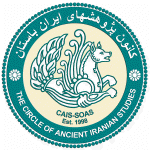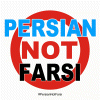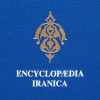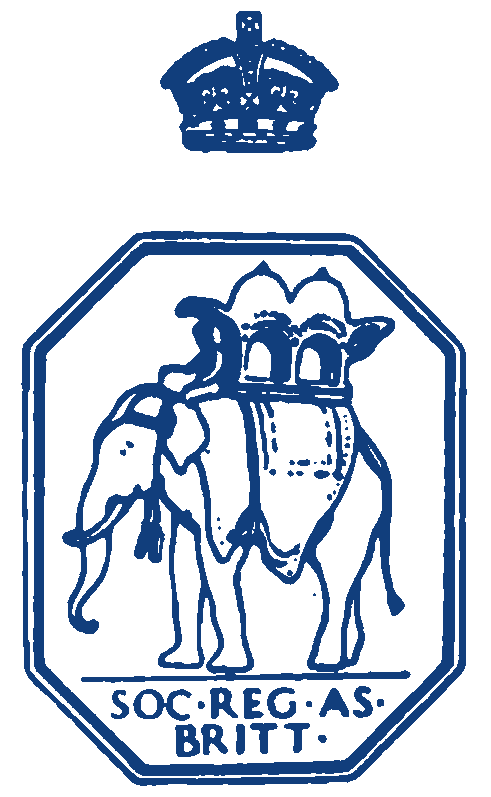
![]()
CAIS
The Circle of Ancient Iranian Studies
Follow us on

|
CAIS ARCHAEOLOGICAL & CULTURAL NEWS© ARCHAEOLOGICAL & CULTURAL NEWS OF THE IRANIAN WORLD |
|
Ancient Taq-e Bostan another Victim of De-Iranianisation Trend in Today Iran
|
|
06 October 2006 |
|
Statue of King of kings Khsrow II (Click to enlarge) |
LONDON, (CAIS - Edited by Shapour Suren-Pahlav) -- Years of quarrel between cultural heritage experts and Islamic Republic' Ministry of Transportation as well as the Islamic regime' local authorities did not yield any result as construction of the Sayad-e Shirazi Bridge in the vicinity of the Sasanian Taq-e Bostan, one of the most exquisite historical sites of Iran, finally came to an end.
The project was previously halted twice due to legal objection of KCHTO (Kermanshah’s Cultural Heritage and Tourism Department) to the Islamic court, demanding the project administrators to take it elsewhere as the project was seen a threat to this heritage site.
Despite concerns raised by the cultural heritage experts, the court issued an order based on which Kermanshah’s Municipality was permitted to carry on with its bridge construction in the vicinity of the historical site of Taq-e Bostan. The ruling came out after the representative of ICHTO (Iran’s Cultural Heritage and Tourism Organization) announced his agreement on behalf of the Organization, for the construction to resume.
The provincial cultural authorities had previously asked the court to detain Kermanshah’s mayor for his negligence toward Taq-e Bostan and giving the project administrators the permission to start their construction close to this historic site. Not surprisingly, the Islamic court rejected the appeal.
Last year, ICHTO’s deputy director in preservation and restoration of cultural heritage sites and monuments agreed with the project to construct the Sayad-e Shirazi Bridge near Taq-e Bostan, ignoring the objections posed by the Organization’s cultural heritage experts. However, the agreement was under the condition that the local authorities would consider changing the route of the bridge and present the construction plan prior to restarting the project. Nevertheless, Kermanshah’s municipality and governor office finished their construction without presenting their plan to ICHTO or changing the original one.
“Based on the papers filed by ICHTO, the court had ordered the project to stop and Kermanshah’s mayor be detained. However, a few days ago we realized that construction of the bridge had resumed and workers were paving the bridge", said Siamak Khadivi, the director of Taq-e Bostan project, according to CHN.
Another major problem Taq-e Bostan is challenging with is construction of a railway network in its vicinity which along with construction of the Sayad-e Shirazi Bridge is anticipated to put in risk the world registration of Taq-e Bostan in UNESCO’s List of World Heritage Sites for which Iranian experts have been collecting data and preparing a file since 2001.
Taq-e Bostan is a masterpiece of rock relief from the Sassanid dynastic era (224-651 CE). It is located 5 kilometers from the city of Kermanshah in western Iran in the heart of Zagross mountains.
Taq-e Bostan and its rock reliefs are one of 30 surviving Sassanid relics and are comprised of two big and small arches. They illustrate the crowning ceremonies of Sassanid king of kings, Ardashir I and his successors, Shapur I, Shapur II and Khosrow II. They also depict the hunting scenes of Khosrow II in full armour riding his favorite horse, Shabdiz.
The carvings, some of the finest and best-preserved examples of Iranian sculpture under the Sassanids, include representations of the investitures of Ardashir II (379–383) and Shapur III (383–388), the Sassanid king of kings. Like other Sassanid symbols, Taq-e Bostan and its relief patterns accentuate power, religious tendencies, glory, honor, the vastness of the court, game and fighting spirit, festivity, joy, and rejoicing.
|
Extracted From/Source: Cultural Heritage News Agency (CHN) Please
note
the above-news is NOT a "copy & paste" version from
the mentioned-source. The news/article above has been modified with
the following interventions by CAIS: Spelling corrections;
-Rectification and correction of the historical facts and data; -
Providing additional historical information within the text; -Removing any
unnecessary, irrelevant & repetitive information. All these measures have been taken in order to ensure that the published news provided by CAIS is coherent, accurate and suitable for academics and cultural enthusiasts who visit the CAIS website.
|
|
|
|
Persian NOT Farsi
Encyclopaedia Iranica The British Institute of Persian Studies The British Museum The Royal Asiatic Society of Great Britain and Ireland
|










